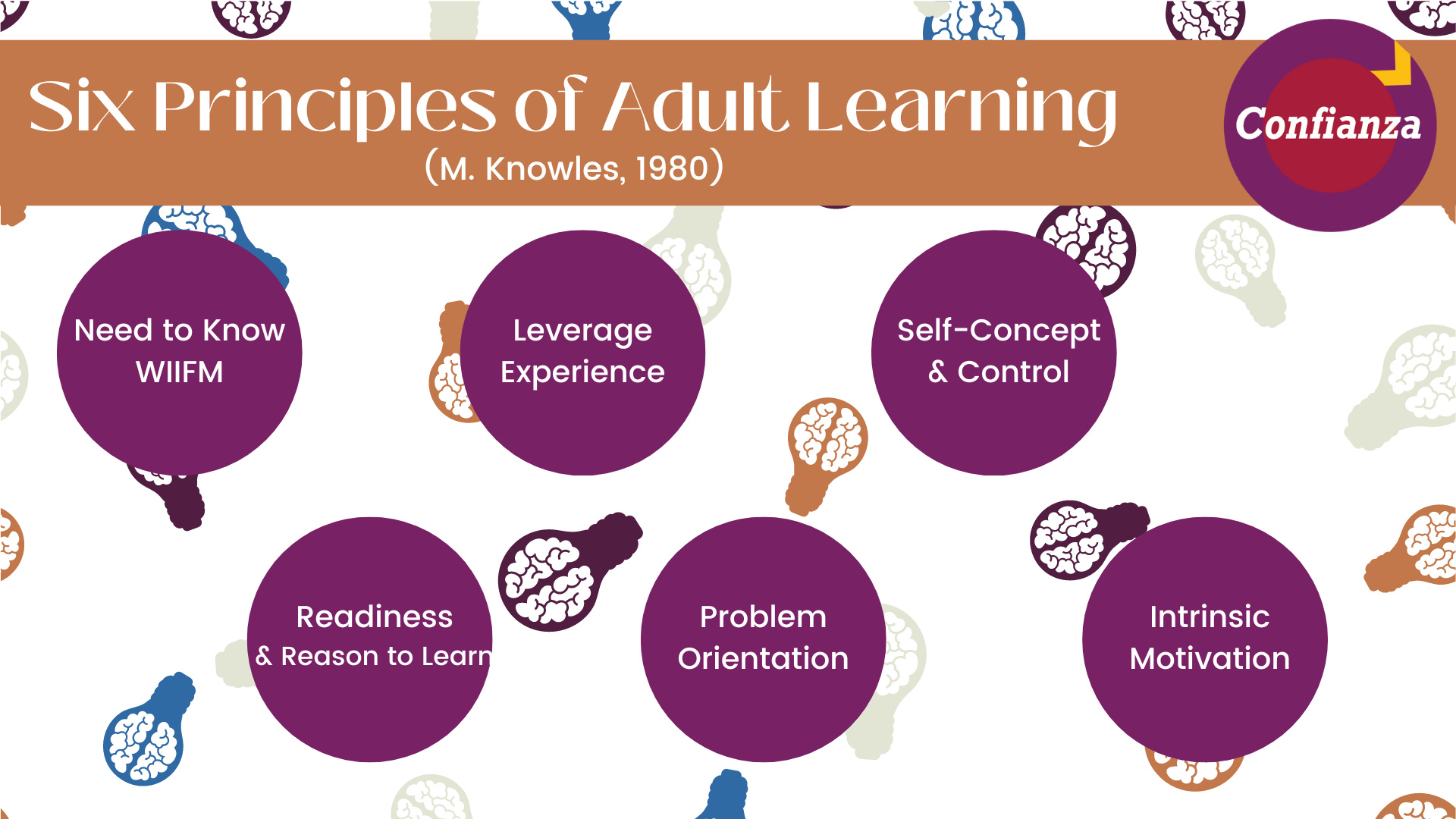Educational tours for adults are experiencing a surge in popularity, offering a unique blend of learning and adventure. These immersive experiences cater to diverse interests, from exploring historical landmarks to delving into culinary traditions or immersing oneself in the natural world. This guide delves into the various types of educational tours available, the planning and logistics involved, and how to make these journeys both engaging and impactful for adult learners.
Whether you’re a history buff, a nature enthusiast, or a foodie, there’s an educational tour designed to pique your interest. We explore the diverse options, the planning process, and the key elements that contribute to a successful and enriching experience. From budgeting considerations to accessibility and sustainability practices, this comprehensive guide aims to provide all the necessary information for both potential participants and tour operators.
Accessibility and Inclusivity: Educational Tours For Adults
Designing educational tours that cater to a diverse adult audience requires a proactive approach to accessibility and inclusivity. Failure to consider the needs of individuals with disabilities or diverse cultural backgrounds can significantly diminish the learning experience and create barriers to participation. This section Artikels strategies for creating truly accessible and inclusive tours.Creating accessible and inclusive educational tours necessitates careful consideration of physical, cognitive, and sensory needs.
This involves proactive planning and adaptation of tour elements to ensure equal participation for all attendees. Overlooking these aspects can lead to exclusion and a less enriching experience for a significant portion of potential participants.
Physical Accessibility
Designing tours with physical accessibility in mind involves a multi-faceted approach. This includes selecting venues with accessible entrances, ramps, elevators, and wide pathways to accommodate wheelchairs and other mobility devices. Providing accessible restrooms and seating is equally crucial. Furthermore, tour materials should be available in accessible formats, such as large print or Braille, and audio descriptions should be offered for visual elements.
For example, a historical walking tour could incorporate rest stops at regular intervals, and descriptions of buildings could be provided via an audio guide app with adjustable playback speed.
Cognitive Accessibility, Educational tours for adults
Cognitive accessibility focuses on ensuring that the information presented is easily understood by individuals with various cognitive abilities. This involves using clear and concise language, avoiding jargon, and providing information in multiple formats (visual, auditory, textual). Breaking down complex information into smaller, manageable chunks and providing visual aids such as diagrams or maps can enhance comprehension. Tours should also be paced appropriately, allowing ample time for processing information and avoiding sensory overload.
For instance, a museum tour could offer shorter, themed segments with opportunities for breaks and interactive elements.
Sensory Accessibility
Sensory accessibility focuses on minimizing sensory overload and providing alternative means of accessing information for individuals with sensory impairments. This includes reducing excessive noise levels, providing visual cues for auditory information (e.g., captioning for videos), and offering tactile materials for visually impaired participants. Adequate lighting is essential, and consideration should be given to potential triggers for individuals with sensory sensitivities, such as flashing lights or strong smells.
A historical site tour, for example, might offer quiet areas for respite and tactile maps representing the site’s layout.
Addressing Challenges in Creating Inclusive Tours
Several challenges exist in creating inclusive tours. One significant hurdle is the lack of universal accessibility standards across different venues and locations. Another challenge involves securing appropriate resources, such as trained staff and accessible equipment. Funding limitations can also pose a barrier to implementing inclusive practices. Overcoming these challenges requires collaboration between tour operators, venue managers, and accessibility specialists to identify and address specific needs and develop cost-effective solutions.
For example, partnerships with disability organizations can provide valuable insights and resources.
Culturally Sensitive Tour Design
Creating culturally sensitive tours requires careful consideration of the diverse perspectives and backgrounds of participants. This includes avoiding stereotypes and generalizations, using inclusive language, and acknowledging the historical and contemporary experiences of different cultural groups. Tours should be designed to promote understanding and respect for cultural diversity, rather than perpetuating harmful misconceptions. For example, a tour focusing on indigenous cultures should involve consultation with community members to ensure accurate and respectful representation.
Materials should accurately reflect diverse perspectives and avoid perpetuating biases or stereotypes. Utilizing diverse voices in the presentation of information, both through guides and in the design of materials, is essential.
Educational tours for adults present a powerful opportunity for personal growth, cultural understanding, and the creation of lasting memories. By carefully considering the various factors discussed – from planning and budgeting to accessibility and sustainability – both participants and organizers can ensure these journeys are enriching, responsible, and truly transformative. The diverse range of tour types and the potential for engaging learning experiences make these adventures a compelling option for lifelong learning and exploration.
Obtain a comprehensive document about the application of 4 day caribbean cruise that is effective.



